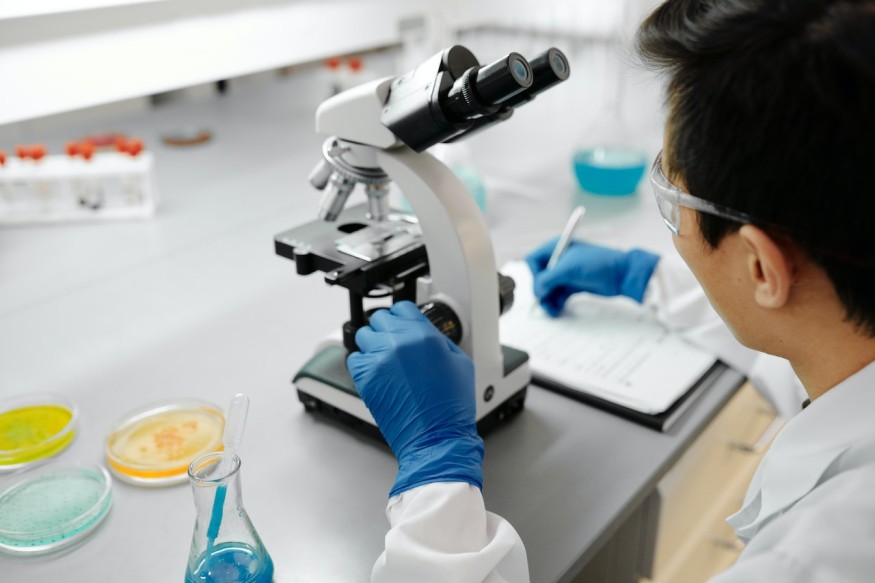Science has made great strides in understanding the genetic makeup of living organisms. One of the most remarkable feats of genetics is the in-vitro technique of cloning. Increased interest has been shown in animals since it provides several practical applications in agriculture and biomedicine. For instance, some gene mutations were introduced in cloned animals to help scientists understand the nature of animal diseases. Livestock animals such as cows and pigs are also cloned for increased milk and meat production.
Aside from the commercial application of cloning, scientists also focus on the contribution of cloning to biodiversity. An innovation was developed that can give hope in preserving species facing the risk of extinction.

Bringing the Hope Back to Endangered Species
One of the critically endangered animals is the rare Przewalski's horse, a breed once commonly found across central grasslands but now at risk of extinction. As a result of hunting and habitat disruption, it has become extinct in the 1960s. In the 1990s, they were reintroduced to establish herds in Mongolia, China, and Kazakhstan with the help of those still living in zoos. From the 12 horses captured from the wild, about 1 900 animals are left today.
The new Przewalski's horse, owned by Blake Russell of ViaGen Pets company, is the second of his kind, being the genetic copy of the first cloned Przewalski's in the world named Kurt. The process of selecting and freezing the DNA samples from this species was initiated in 1980 by the Frozen Zoo project of the San Diego Zoo Wildlife Alliance. After running the project, Kurt was born at a Texas facility and transferred to the zoo at eight months old.
Kurt was the result of cloning a male Przewalksi's cryopreserved DNA and was born to a surrogate mother that belongs to a domestic quarter horse. He is now thriving at the San Diego Zoo Safari Park and learning the language of the wild with the help of Holly, a young female of the same species.
Oliver Ryder, director of conservation genetics at the San Diego Zoo Wildlife Alliance, believes this innovation is a milestone in species conservation. He also added that this technology provides an opportunity for wildlife to lower the risk of being extinct and therefore helps preserve species' genetic diversity.
Using the genetic diversity stored in San Diego Wildlife Alliance's Biodiversity Bank, conservationists plan to expand the application of this technology to other species.
How Cloning Happens
Cloning is a biological process where an exact copy of a living organism is made. Some clones naturally occur in nature, such as single-celled bacteria, which produce identical offspring during asexual reproduction.
In the laboratory, scientists perform cloning by transferring the DNA from an animal into an egg cell with the removed nucleus and DNA. The egg cell develops into an embryo containing the exact copies of the genes of the cell donor. Afterward, the developed embryo is implanted into the uterus of an adult female for it to grow.
In 1996, researchers introduced Dolly, the first mammal cloned from the adult cell of a sheep. Since then, scientists have cloned other animals, such as cows, deer, and rabbits. However, they still have not succeeded in cloning humans due to genetic mistakes that affect the survival of the clone. According to National Geographic, there are also ethical concerns that pose challenges in cloning a human being.
RELATED ARTICLE: Dinosaur Cloning Might Become Possible: First Healthy Prehistoric DNA Was Found in a Perfectly Preserved Fossil in China
Check out more news and information on Animal Cloning in Science Times.











